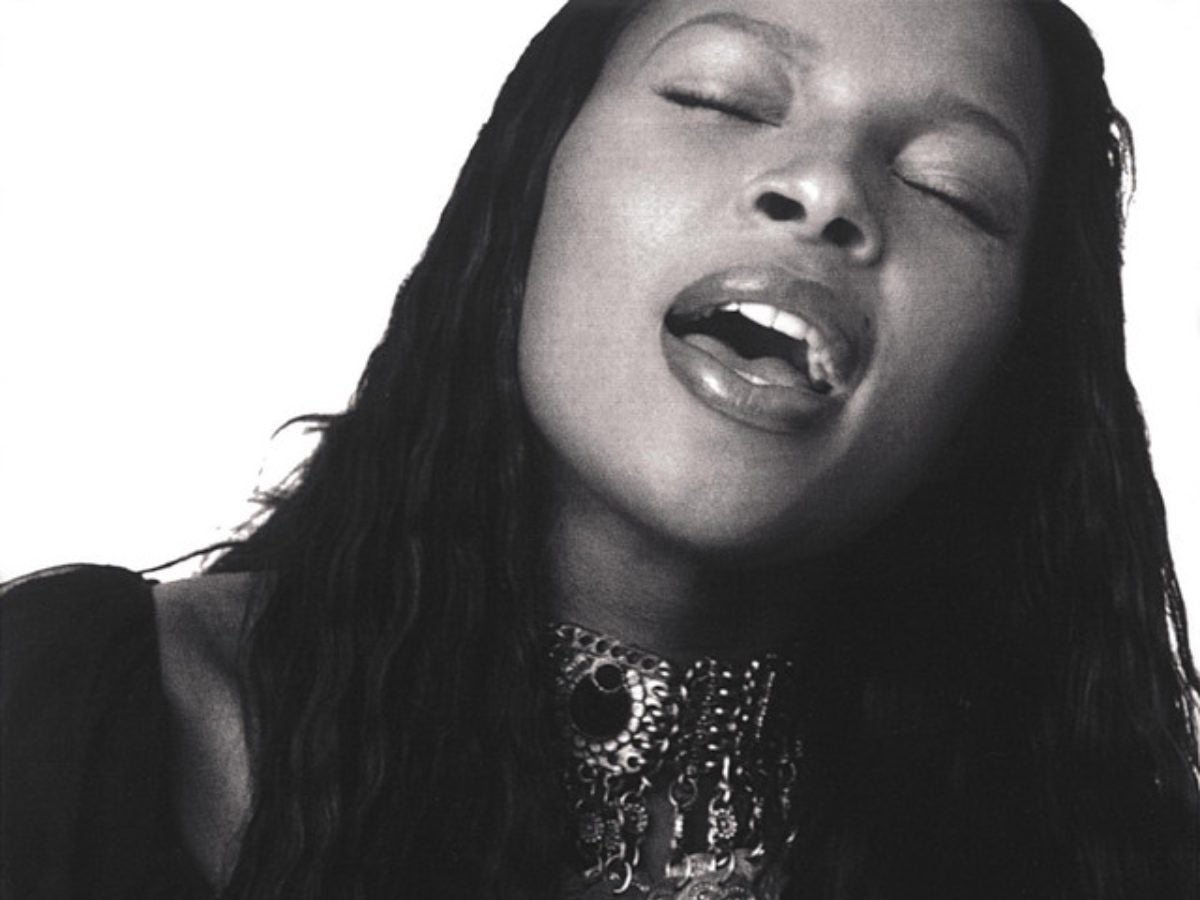
For nearly four decades, Mary J. Blige has delivered generational songs that served as the soundtrack of our lives. While many of her records were special, it was her fourth studio album, Mary—released on August 17, 1999—that marked a pivotal moment in her career, both as a personal expression of growth and as a reflection of the evolving R&B landscape. With this album, Blige stepped away from the heavy hip-hop influences that had characterized her earlier work, embracing a more mature and classic R&B sound. This shift not only showcased her versatility as an artist but also positioned her at the forefront of the entertainment industry.
The 14-track LP debuted at number two on the Billboard 200, selling 239,000 copies in its first week—a testament to Blige’s immense popularity and the anticipation surrounding her evolution as an artist. The album spent 57 weeks on the chart, spearheaded by the success of its five charting singles, including “Give Me You” and “Your Child,” causing both critics and fans alike to praise the album for its depth and authenticity.
Babyface, Chucky Thompson, Diane Warren, and the legendary duo Jimmy Jam and Terry Lewis were all featured in Mary’s production and songwriting credits. These collaborators helped Blige craft an album that was both timeless and contemporary, rooted in the rich traditions of 70s R&B but with a modern feel. This blend of old and new is perhaps most evident in Blige’s collaboration with Elton John on “Deep Inside,” where she reinterprets his 1973 classic “Bennie And The Jets” to explore the complexities of fame and the emotional toll it takes on personal relationships.
Mary was also heralded for its guest appearances, which added depth and texture to the album. The presence of icons like Aretha Franklin, along with contributions from artists like Jadakiss and K-Ci and JoJo, gave the album the perfect balance, sonically. Additionally, Blige worked with cultural staples like Eric Clapton and George Michael; “I’m in Love”, “As” and “Let No Man Put Asunder” are cover versions of songs originally performed by The Gap Band, Stevie Wonder, and First Choice, respectively.
One of the most significant tracks on the album, “All That I Can Say,” written by Lauryn Hill, encapsulates the essence of Mary. With its soulful, introspective lyrics and Hill’s influence, the song set the tone for an album that was as much about self-discovery as it was about musical exploration.
In retrospect, Mary stands as a landmark album in Mary J. Blige’s discography. It was more than just a collection of songs; it was a statement of artistic intent and personal growth. By embracing a more vulnerable, introspective approach, Blige redefined her sound and strengthened her legacy as the Queen of Hip-Hop Soul. As the new millennium dawned, Mary was proof that Blige was not just a product of her era, but a timeless artist whose influence would endure for years to come.




